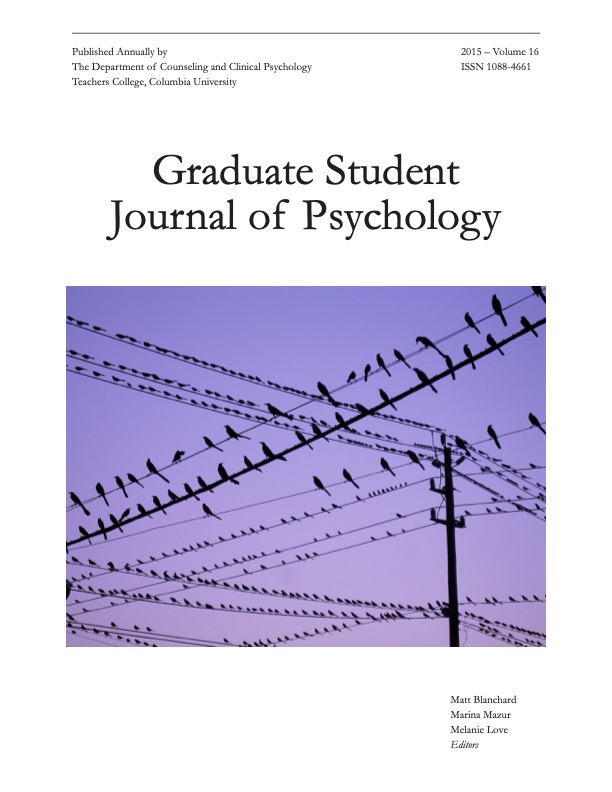Rewriting History: Attachment Theory in the Practice of Adult Psychotherapy
Main Article Content
Abstract
Attachment theory can enhance both the therapist’s and patient’s awareness of their roles in the psychotherapeutic process, their effect on the therapeutic alliance, and their understanding of themselves and one another. John Bowlby (1980) proposed that the innate developmental task of infants is to seek and grow a relationship with their primary caregiver, offering the child protection and security (Dolan et al., 1993; Farber et al., 1995; Levy, 2005; Sable, 2007). As an adult, the acquired pattern of attachment behavior guides how an individual relates to others, functions in interpersonal situations and relationships, regulates emotions, and reflects on past or present attachments (Atkinson et al., 2004; Mikulincer et al., 2007; Sable, 2007; Zilcha et al., 2011). By reviewing selected literature in the field, the present article strives to help clinicians deepen their understanding of the role of attachment theory with adult patients, in the psychotherapeutic process, as it has been elaborated in the recent literature. It is hoped that clinicians will be inspired to follow up with some of the multitudinous references we have provided to this fascinating literature. We would also hope that they realize that a great deal of evidence has accrued of the effectiveness of attachment based psychotherapy.
Article Details
Section
Articles

This work is licensed under a Creative Commons Attribution-NonCommercial 4.0 International License.
How to Cite
Farrell, J. D., & Carleton, J. A. (2015). Rewriting History: Attachment Theory in the Practice of Adult Psychotherapy. Graduate Student Journal of Psychology, 16, 100–117. https://doi.org/10.52214/gsjp.v16i.10903

